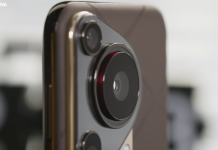We are all eagerly waiting for the Huawei P40 series which is confirmed to launch sometime in March 2020. The lineup has pretty big shoes to fill this year after the P30 series garnered a great response from consumers in 2019. And just like the P30 lineup, the camera will continue to be a strong point of the new P40 series as well.
The biggest change in the Huawei P40 series this year is the number of flagship devices in the lineup. Last year, the Huawei P series featured three main devices, the Huawei P30 Pro, the Huawei P30, and the Huawei P30 Lite. This year, there seems to be an additional high-end model called the Huawei P40 Pro PE or Huawei P40 Pro Premium Edition. As the name suggests, this is expected to be the most powerful model in the series featuring a Penta-camera setup at the back. The other P40 series devices will have fewer cameras on board.
Since we expect four different models in the P40 series this year, let’s take a closer look at each one of them down below.
Note that this information is based on the available renders and leaked information over the past couple of months. So we can’t guarantee 100% accuracy. However, in our experience, we are at a stage where most of the information mentioned below should turn out to be true at launch. Also, we have added an * if a particular feature mentioned below is based on pure speculation rather than any credible leak or rumor.
Huawei P40
The Huawei P40 aka the standard edition will be the cheapest model in the flagship range. It will cut down on a few features like a curved display and a couple of cameras to keep the price lower than the Pro and Premium editions.
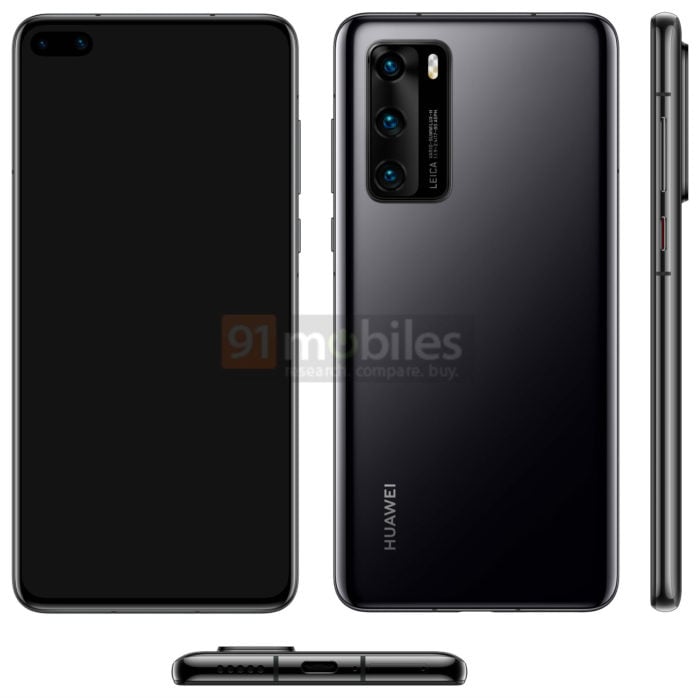
The P40 is expected to feature a flat OLED display with a size ranging between 6.1-6.2-inches. The front camera solution on the new model will be different than its predecessor. The phone will come with dual punch-hole cameras on its OLED display, placed on the top left corner. To remind you, these dual punch-hole cameras are common among all the three flagship models (P40 Pro and P40 PE) this year.
At the back, there will be a rectangular camera housing, much like the Pixel 4 series. Being a standard edition model, the P40 will only feature three cameras at the back. The volume buttons and the power button with an orange accent will be placed on the right. At the bottom, you’ll get the speaker and the USB-C port. Note that the placement of the ports and the buttons are common among the other two models as well.
The expected specs of the Huawei P40 are as below.
- Kirin 990 / 990 5G (*)
- 6/ 8GB RAM + 64/128GB ROM (*)
- 6.1-6.2″ OLED punch-hole display
- In-display fingerprint sensor
- Dual punch-hole selfie cameras (32MP primary + 8MP wide-angle*)
- Triple Leica camera setup: 40MP cine shooter (1/1.5″) + 52MP primary (1/1.3″) sensor + 8MP telephoto lens with 3x optical zoom
- 5000mAh battery (*)
- NO 3.5mm headphone jack
- HMS services instead of Google services
- IP53 certification (*)
Currently, we have no word on the pricing of the Huawei P40. However, rumors state that the entire lineup might launch at a cheaper price tag than its predecessor. The P30 started at 3,988 Yuan (~$593) in China last year, so we can expect the starting price for the P40 to be cheaper than this figure at launch.
RELATED: Huawei ranked among the Top 10 Most-Valuable Global brands; Amazon tops!
Huawei P40 Pro
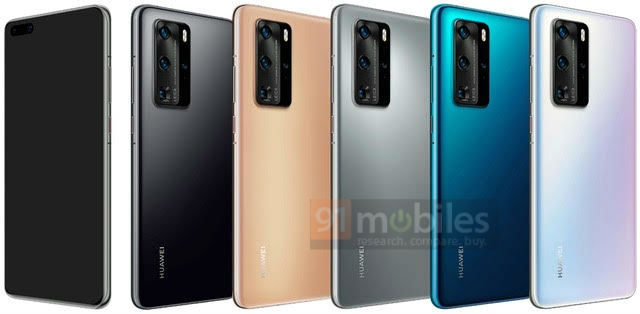
The Huawei P40 Pro will reportedly come with a curved OLED display, much like the P30 Pro. There’ll be dual punch-hole cameras on the top left corner of the curved-screen – same as the standard P40. However, the Pro model’s display will likely get a high refresh rate.
At the back, the basic rectangular housing remains the same, but there should be two major changes in the Pro variant’s camera setup. First, there’s an additional fourth sensor, expected to be a 3D ToF camera. Second, the Pro version should swap the telephoto lens with a redesigned periscope lens offering up to 10x optical zoom on the device. There are conflicting reports about this model’s zoom capability. Some say that the 10x optical zoom will be limited to the Premium edition. So, the Pro version will only get 5x optical zoom.
The Pro version is also expected to feature a special Mint Green edition.
The expected specs of the Huawei P40 Pro are as below.
- Kirin 990 5G (*)
- 8GB / 12GB RAM + 128/256/512GB ROM (*)
- 6.5-6.7 inch OLED QHD+ display with 120Hz screen refresh rate
- In-Display fingerprint sensor
- Dual punch-hole selfie cameras (32MP primary + 8MP wide-angle*)
- Quad Leica camera setup (Possibility I): 40MP cine shooter (1/1.5″) + 52MP primary (1/1.3″) sensor + Periscope lens with 5x optical zoom + 3D ToF sensor OR
- Quad Leica camera setup (Possibility II): 64MP Sony IMX686 +20MP ultra-wide lens + Periscope lens with 10x optical zoom + 3D ToF sensor
- 5500mAh battery
- NO 3.5mm headphone jack
- HMS services instead of Google services
- IP58 certification (*)
- Fast Wireless Charging (*)
Huawei P40 Pro PE (Premium Edition)
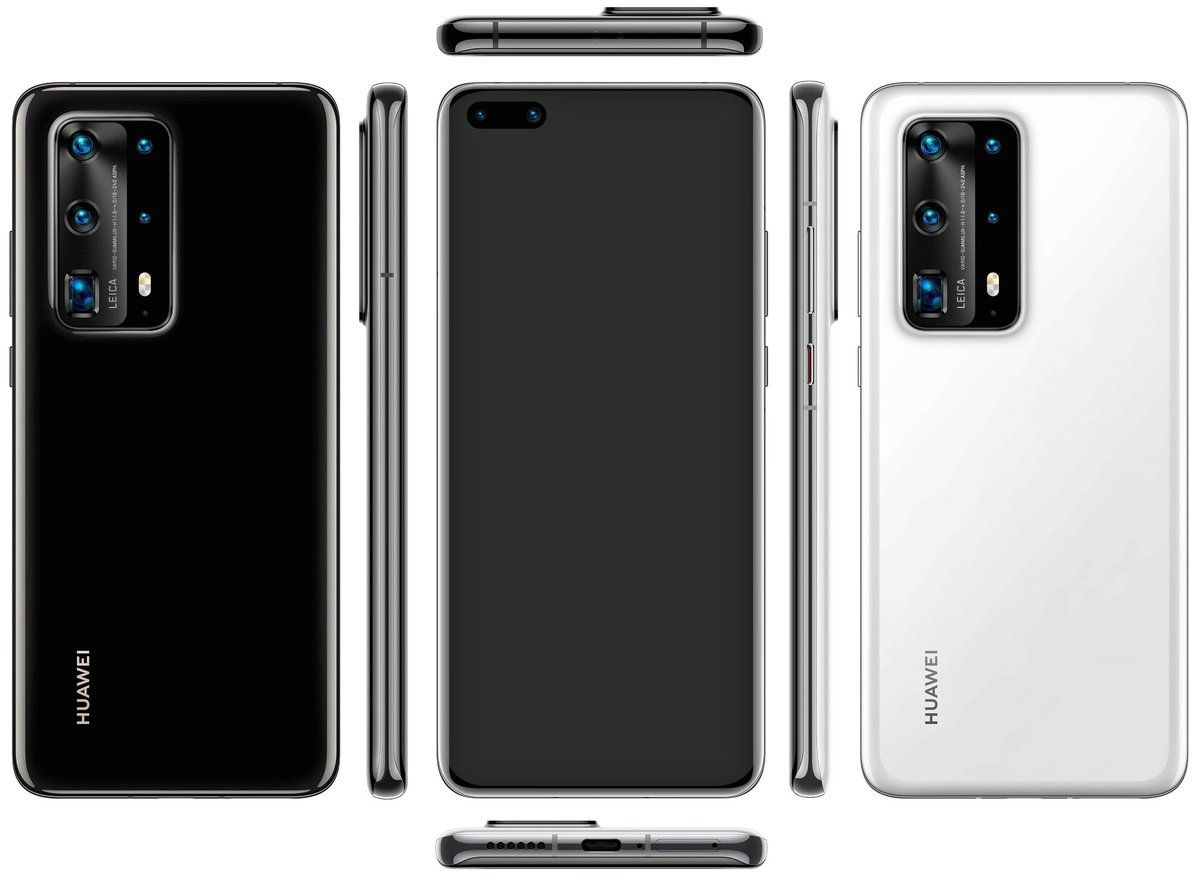
This will be the top-end model in the P40 lineup. The phone is expected to retain all of the features of the P40 Pro with two major additions. First, the Premium edition will reportedly feature a ceramic back. Secondly, there should be an additional camera at the back, making for a Penta-camera setup.
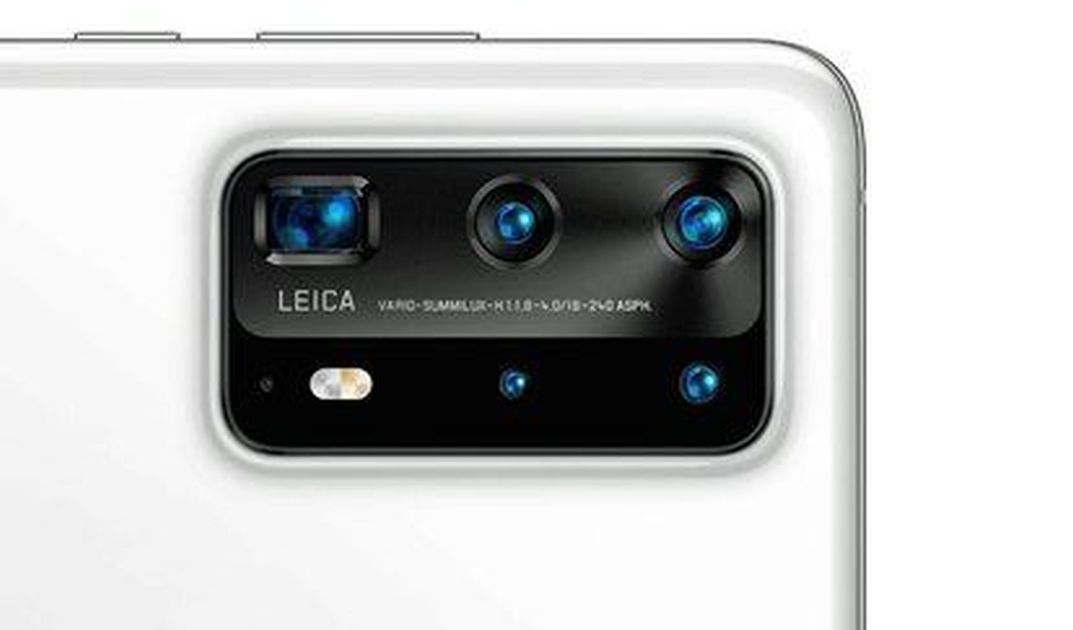
A closeup of the possible camera arrangement at the back can be seen above. We could also see a couple of feature additions on this model. For example, it could support faster wired and wireless charging speeds as compared to the Pro version.
The expected specs of the Huawei P40 Pro Premium Edition are as follows.
- Kirin 990 5G (*)
- 12GB RAM + 256/512GB ROM (*)
- 6.5-6.7 inch OLED QHD+ display with 120Hz screen refresh rate
- In-Display fingerprint sensor
- Dual punch-hole selfie cameras (32MP primary + 8MP wide-angle*)
- Penta Leica camera setup (Possibility I): 40MP cine shooter (1/1.5″) + 52MP primary (1/1.3″) sensor + Periscope lens with 10x optical zoom + 3D ToF sensor + Macro lens OR
- Penta Leica camera setup (Possibility II): 64MP Sony IMX686 +20MP ultra-wide lens + Periscope lens with 10x optical zoom + 3D ToF sensor + Macro Lens
- 5500mAh battery
- NO 3.5mm headphone jack
- HMS services instead of Google services
- IP58 certification (*)
- Fast Wireless Charging (*)
These three models will complete the flagship end of the P40 lineup.
Read MORE: Huawei Mate 30 Pro (8+128) gets a price cut ahead of P40’s launch
Huawei P40 Lite
We are also expecting a cheaper and stripped-down version of the P40 dubbed as the Huawei P40 Lite for the international markets. It’s being said that it will be a rebranded Nova 6 SE model that was launched in China in December 2019.

If that’s the case, the Huawei P40 Lite should feature a quad-camera camera setup in a square housing at the back and a single punch hole camera on its LCD display.
The expected specs of the Huawei P40 Lite (based on Nova 6 SE) are as follows.
- Kirin 810
- 8GB RAM + 128GB ROM
- 6.4-inch FHD+ IPS LCD display
- In-Display fingerprint sensor
- Single 16MP punch-hole selfie camera
- Quad camera setup: 48MP primary sensor + 8MP wide-angle lens + 2MP dedicated macro lens + 2MP depth sensor
- 4200mAh battery @ 40W
- 3.5mm headphone jack (YES)
- HMS services instead of Google services
The Huawei P40 series is expected to come in colors such as Black, Blush Gold, Silver Frost, Deep Sea Blue, & Ice White. Leaks point to March 26 launch event for the P40 series but we are still awaiting official confirmation from the company.
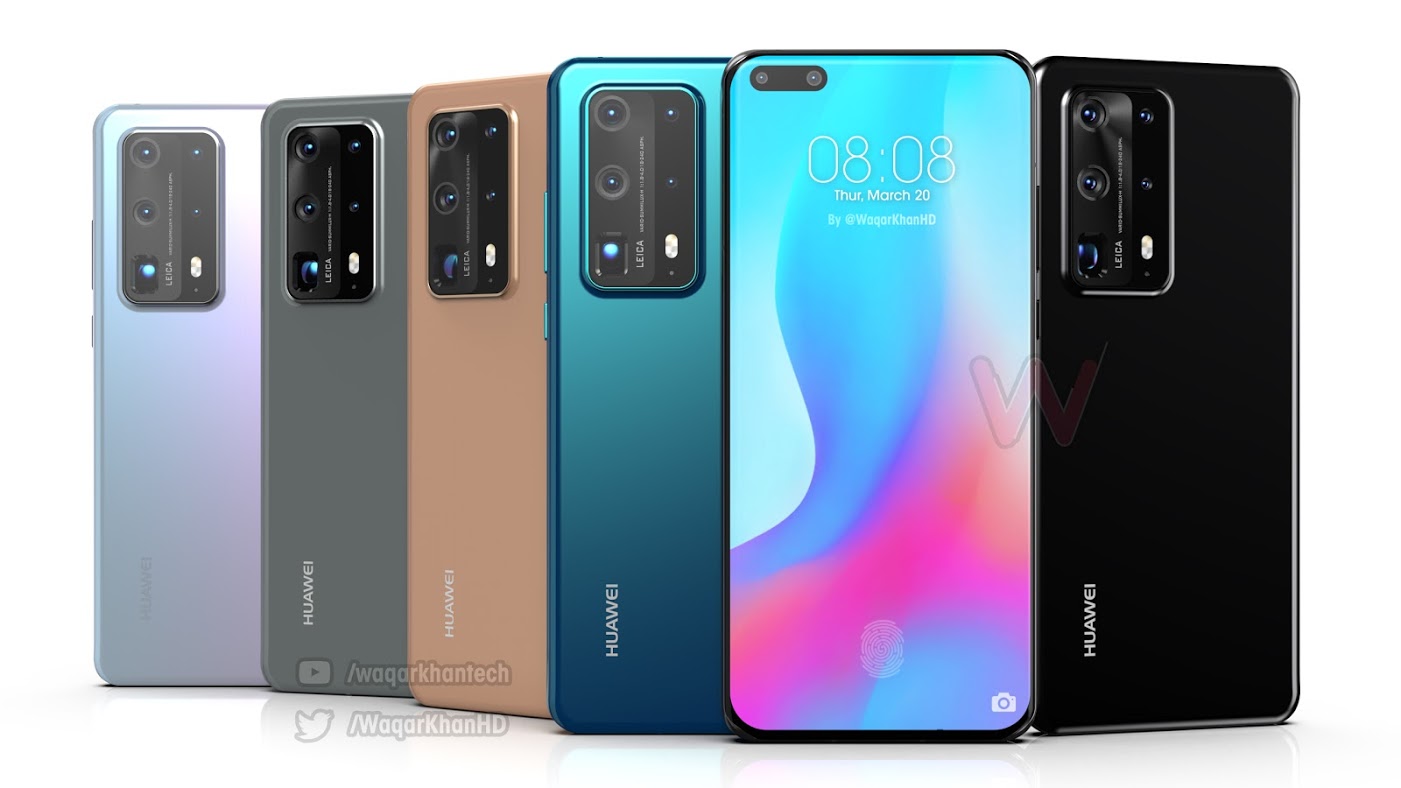
The P40 series will define Huawei’s strategy in 2020. The last generation model sold pretty well in China as well as overseas. But without Google apps, the company will have a hard time convincing users to go for Google App replacements like TomTom maps and its own HMS core services, even if the entire lineup is cheaper than competitors like Samsung and Apple.
Related Huawei reading:
- EU allows Huawei to build its 5G network in a limited capacity
- Huawei allowed to build 5G network infrastructure in parts of the UK
- Pentagon blocks further clampdown on sales to Huawei Technologies
- Huawei builds 5G networking in hospitals to indirectly fight Coronavirus

